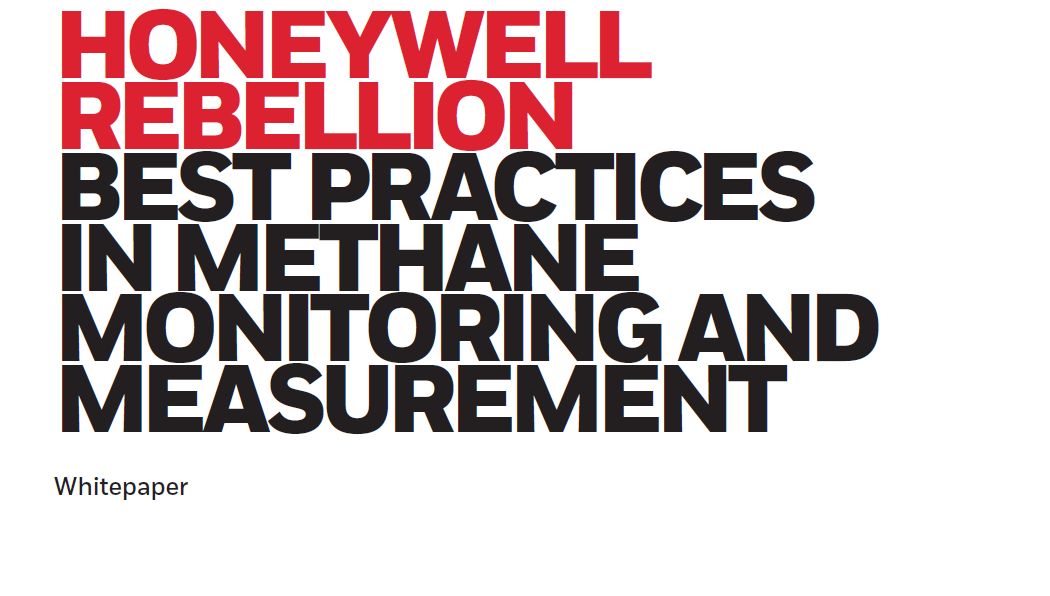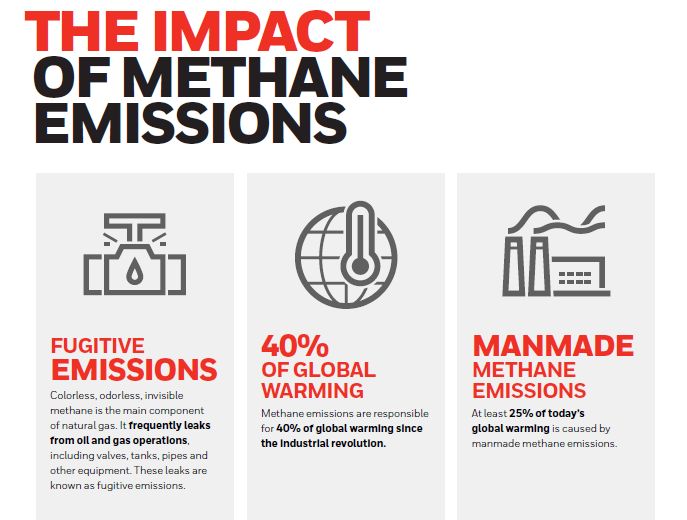-
Global
-
Africa
-
Asia Pacific
-
Europe
-
Latin America
-
Middle East
-
North America
- |
- Partners
- |
- SPS Blog
- |
- Contact Us
- |
-
Services
Services
-
Productivity
Productivity -
Safety
Safety -
Warehouse Automation
Warehouse Automation
-
-
Industries
Industries
-
Healthcare and Life Sciences
Healthcare and Life Sciences -
Transportation and Logistics
Transportation and Logistics -
Manufacturing
Manufacturing -
Distribution Centers
-
Retail
Retail -
E-Commerce
-
Infrastructure
Infrastructure -
Government
Government -
Aerospace and Defense
-
Electrification
-
-
Support
Support
-
Advanced Sensing Technologies
Advanced Sensing Technologies -
Productivity
Productivity -
Safety
Safety -
Warehouse Automation
Warehouse Automation -
Global Tracking
Global Tracking
-
You are browsing the product catalog for
Methane is a potent greenhouse gas and the primary component of natural gas. Emissions of methane contribute to air pollution and are a powerful global warming agent. In its first twenty years after being emitted into the air, methane has more than 80 times the global impact of carbon dioxide. Therefore, reducing methane emissions is considered the quickest route to reducing climate change. The largest source of methane emissions in the U.S. and globally comes from the oil and gas industry.
The problem begins when unburned gas escapes into the atmosphere creating fugitive emissions. Fugitive emission can occur throughout the natural gas supply chain, but it is difficult to determine the exact extent and length of the escape prior to actions being taken to repair. If not better mitigated, methane emissions could undermine the advantage natural gas offers and result in major issues for the climate. Limiting methane pollution from the production and delivery of oil and gas is a key element necessary to slowing the rate of climate change.
Technology advancements in methane emissions monitoring through optical gas imaging, like Honeywell Rebellion, can provide continuous monitoring and quantification of a site for quicker, more reliable detection of methane emissions.


Learn more about methane emissions and how your company can take steps to reduce them.


Infographic: Understanding the impact of methane emissions
Sources
- https://www.edf.org/media/climate-scientists-record-extremely-high-methane-emissions-across-gulf-states-mexico
- https://www.edf.org/methane-detectors-challenge
- https://www.edf.org/climate/methane-studies
- https://www.edf.org/climate-impacts-methane-emissions
- https://www.edf.org/blog/2020/08/10/what-science-saying-about-methane-pollution-and-how-world-finally-listening
Let's Connect!
Sign up to receive exclusive communications from Honeywell including product updates, technical information, new offerings, events and news, surveys, special offers, and related topics via telephone, email, and other forms of electronic communication.
Copyright © 2024 Honeywell International Inc



















































